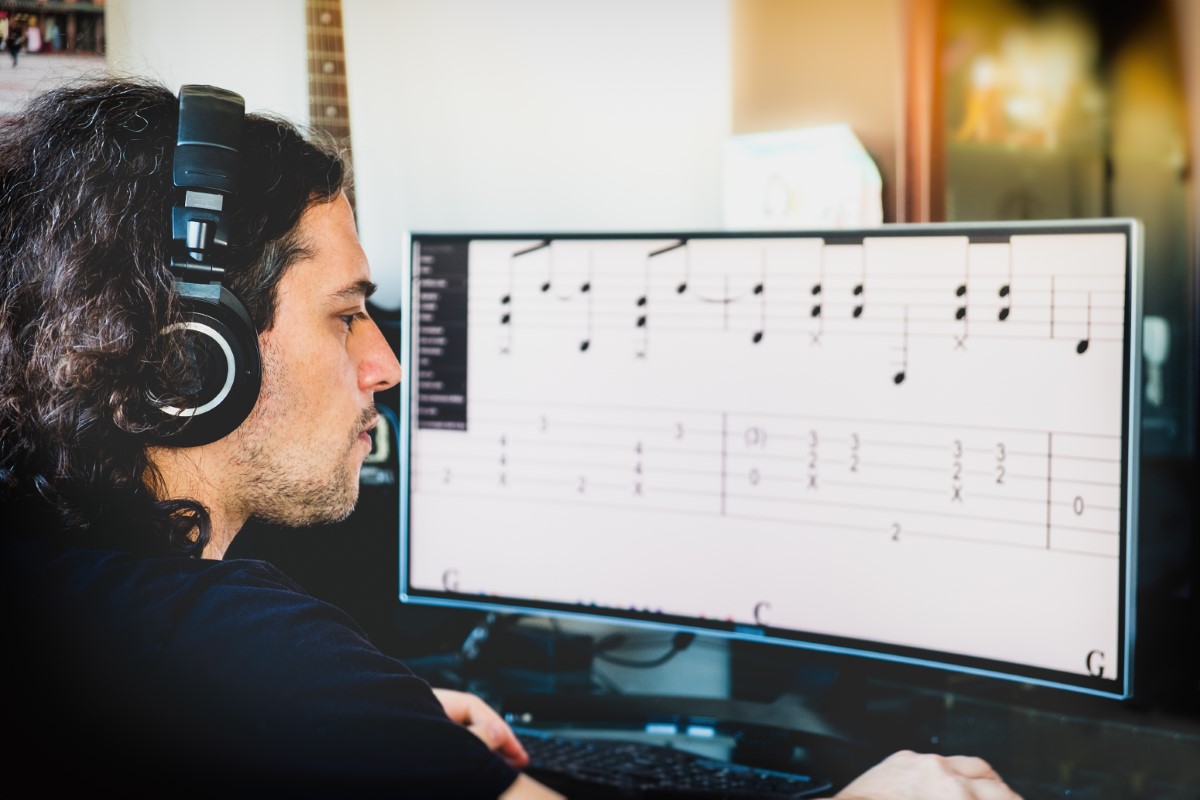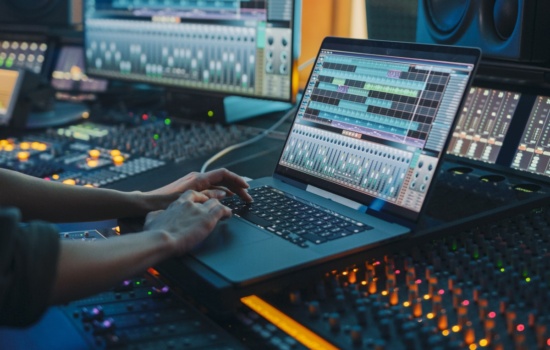A sheet music maker is a piece of software that creates written music notation from your MIDI recordings.
So you can play or draw a melody using a MIDI controller, recording it into your digital audio workstation (DAW).
Then the sheet music maker will turn those notes into a piece of sheet music that could be read by a musician.






